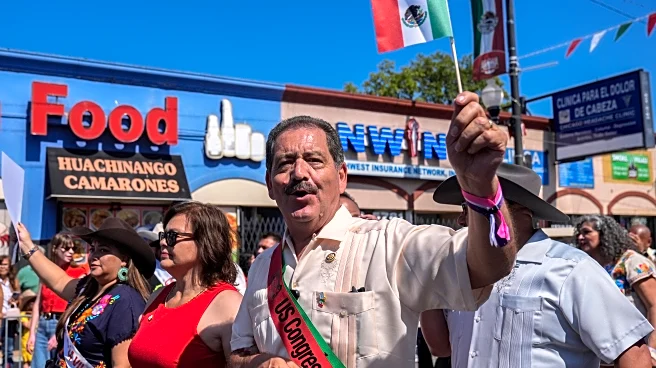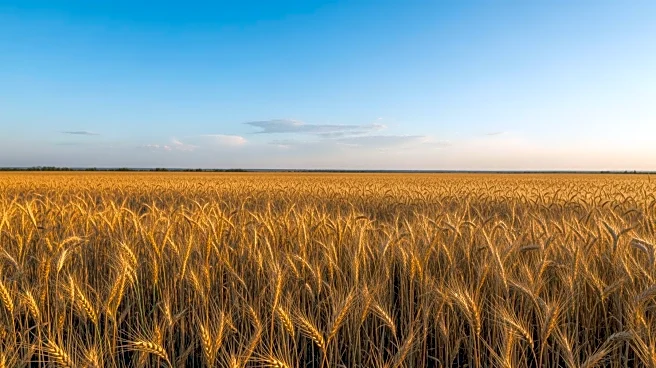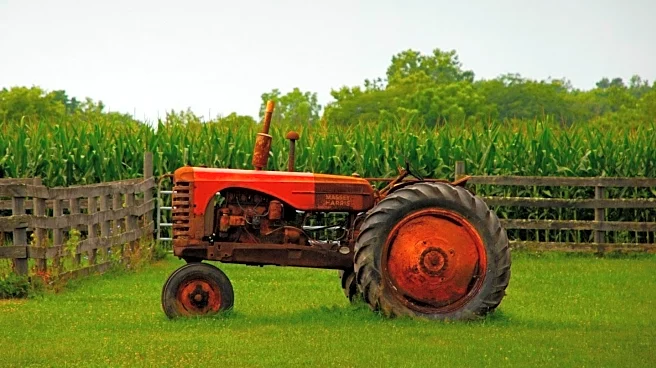What's Happening?
Jerry Seib, a political journalist and Visiting Fellow at the Dole Institute of Politics, joined Kaye McIntyre on Kansas Public Radio to discuss the upcoming 2026 midterm elections. The conversation focused on the political landscape of 2025 and what
it might indicate for the elections in 2026, both nationally and in Kansas. Seib provided insights into the factors that could influence voter behavior and the potential outcomes of the elections. The discussion is part of the Prairie Journal program, which airs on KPR1 and KPR2 at various times throughout the week.
Why It's Important?
The 2026 midterm elections are significant as they will determine the balance of power in Congress and potentially influence the direction of U.S. policy on key issues such as healthcare, immigration, and economic reform. For Kansas, these elections could impact local governance and policy decisions, affecting residents' daily lives. Understanding the political dynamics leading up to the elections can help voters make informed decisions. Political analysts like Jerry Seib provide valuable perspectives that can shape public discourse and voter engagement.
What's Next?
As the 2026 midterm elections approach, political parties and candidates will likely intensify their campaigns to sway voters. Key issues such as economic performance, healthcare, and immigration are expected to dominate the political agenda. Stakeholders, including political leaders and advocacy groups, will focus on mobilizing support and addressing voter concerns. The insights from discussions like those on Kansas Public Radio can guide strategic decisions and influence public opinion in the lead-up to the elections.
Beyond the Headlines
The discussions around the 2026 midterm elections also highlight broader themes such as voter engagement and the role of media in shaping political narratives. The evolving political landscape may lead to shifts in party strategies and voter demographics, potentially altering traditional voting patterns. These changes could have long-term implications for U.S. politics, including the emergence of new political movements and the redefinition of party ideologies.














